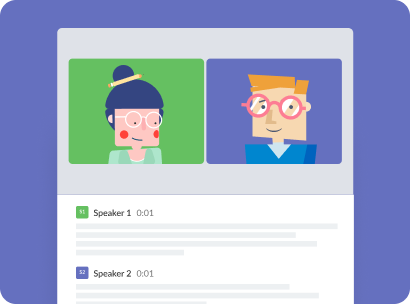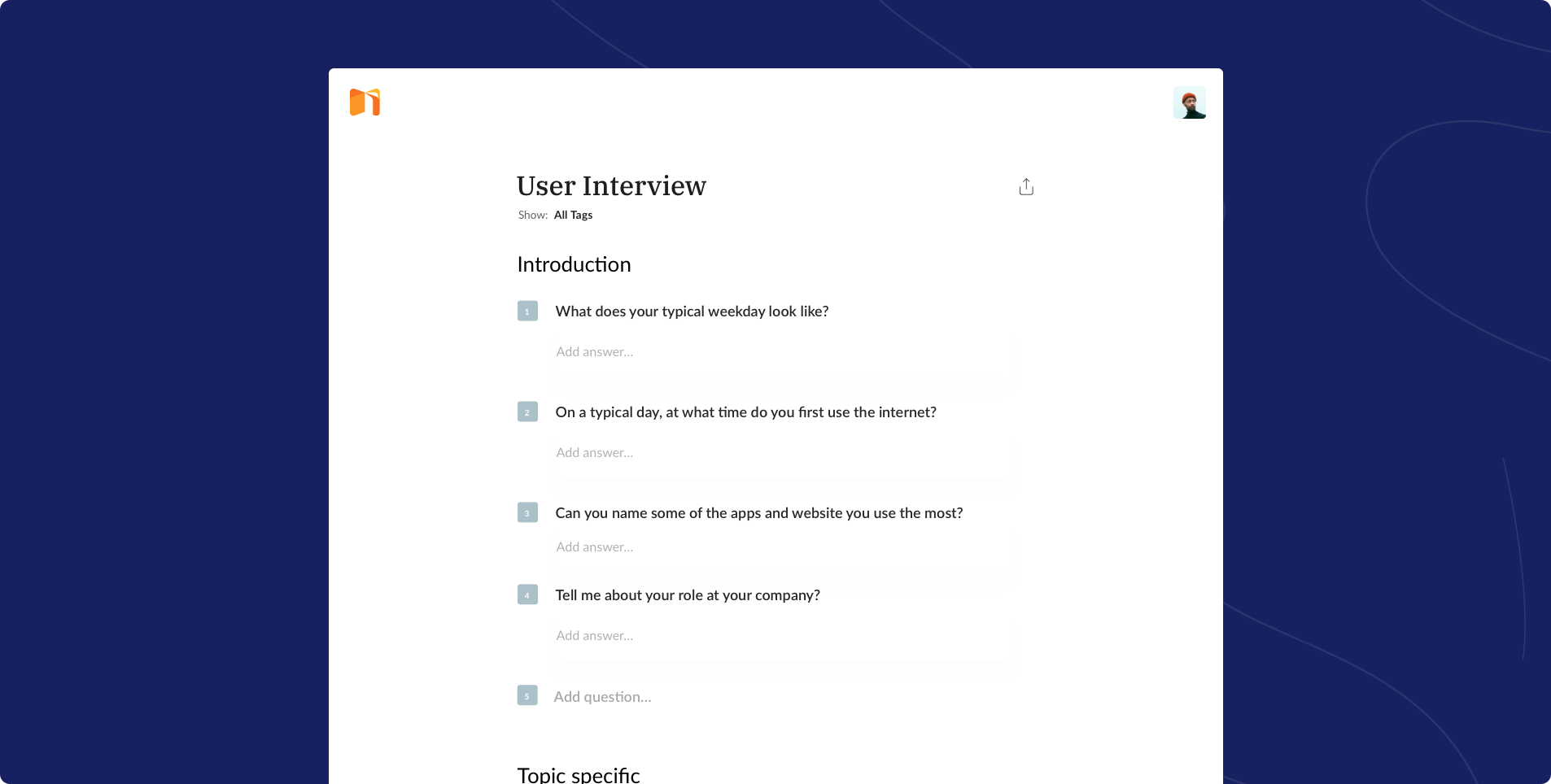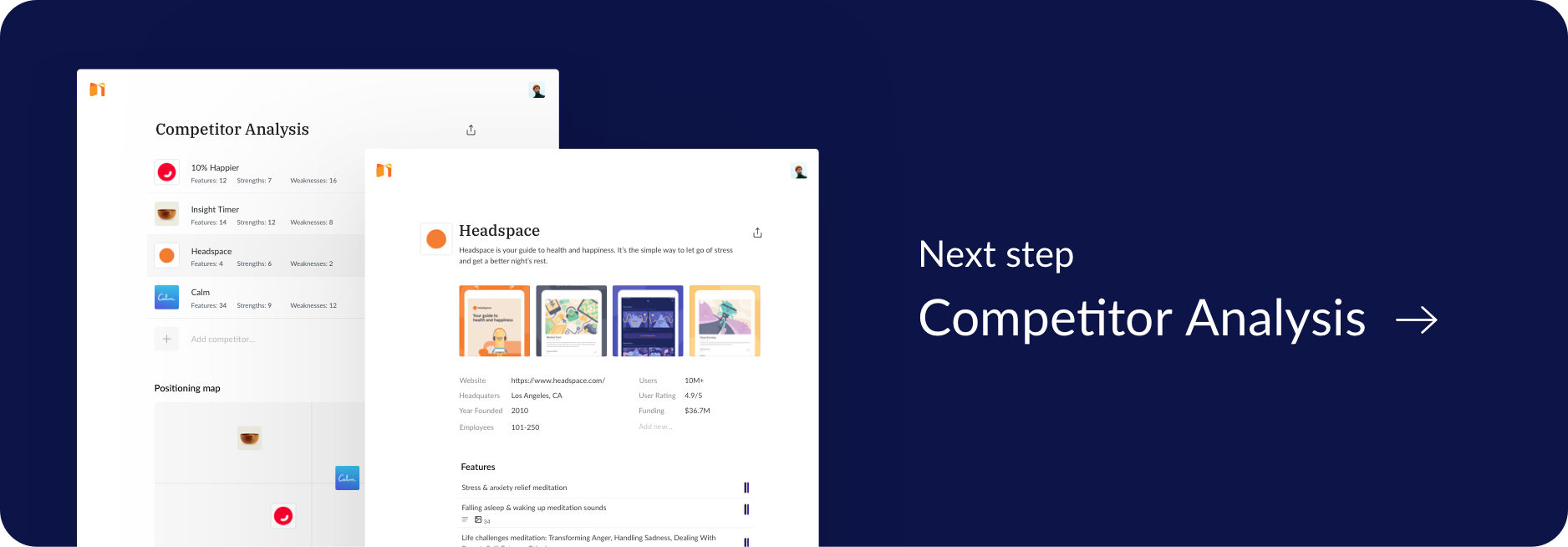One of the most important phases of the whole UX research process is obtaining relevant information from target users. That’s basically what the whole process is all about —focusing on the end user and their pain points. By understanding their challenges, we can design the product to solve those needs.
User interviews help us gain a deeper understanding of people’s expectations so we can create a better product for them to use. Interviews are also one of the most commonly used methods in UX research because it is an easy and cheap way to obtain needed information.
Step by step guide
Recruit users
Finding the right people for user interviews can be a tough and time-consuming process. When searching for users, it is important to select your respondents carefully, making sure that they represent your target users — otherwise their insights won’t be relevant and helpful to your product.
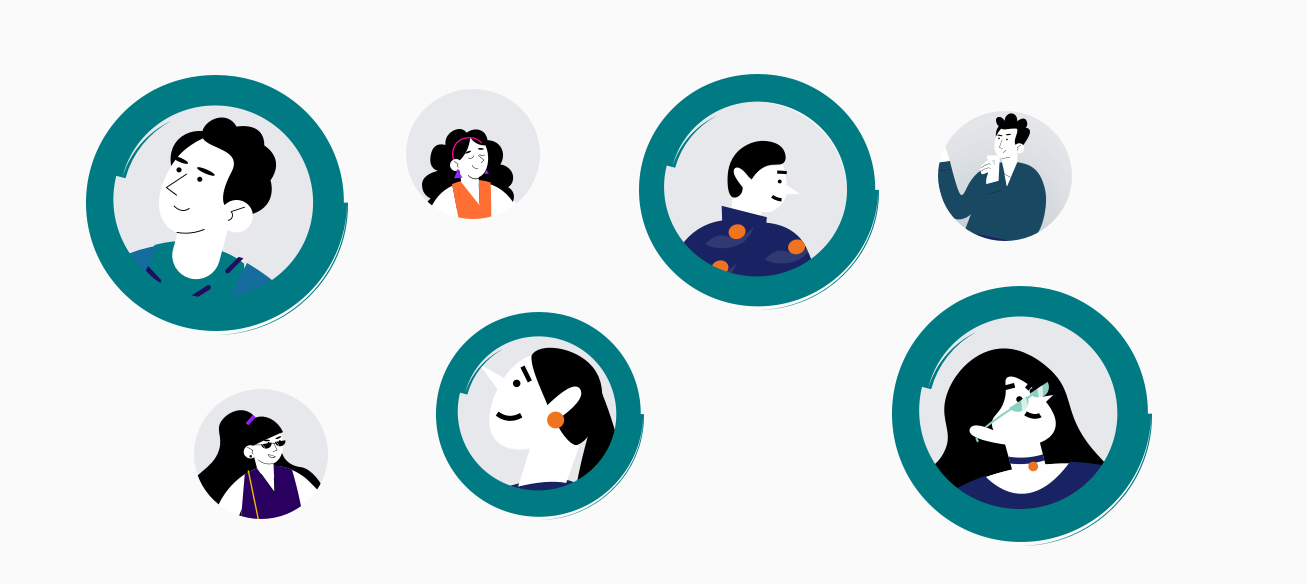
The first thing is to identify your target users. If you already did the stakeholder interview, you’d have defined your audience for the project, and based on those data, identified your end-user profiles with specified metrics. So the next step will be to reach out to people who match those criteria.
Prepare for an interview
Like with the stakeholder interview, if you want to have a valuable outcome, you need to be well prepared. Write down a list of questions that will serve as your script and help guide the structure of the interview. Again, keep in mind that the interview should be conversational and free-flowing. The script is only a map to help you to keep the discussion on the right path.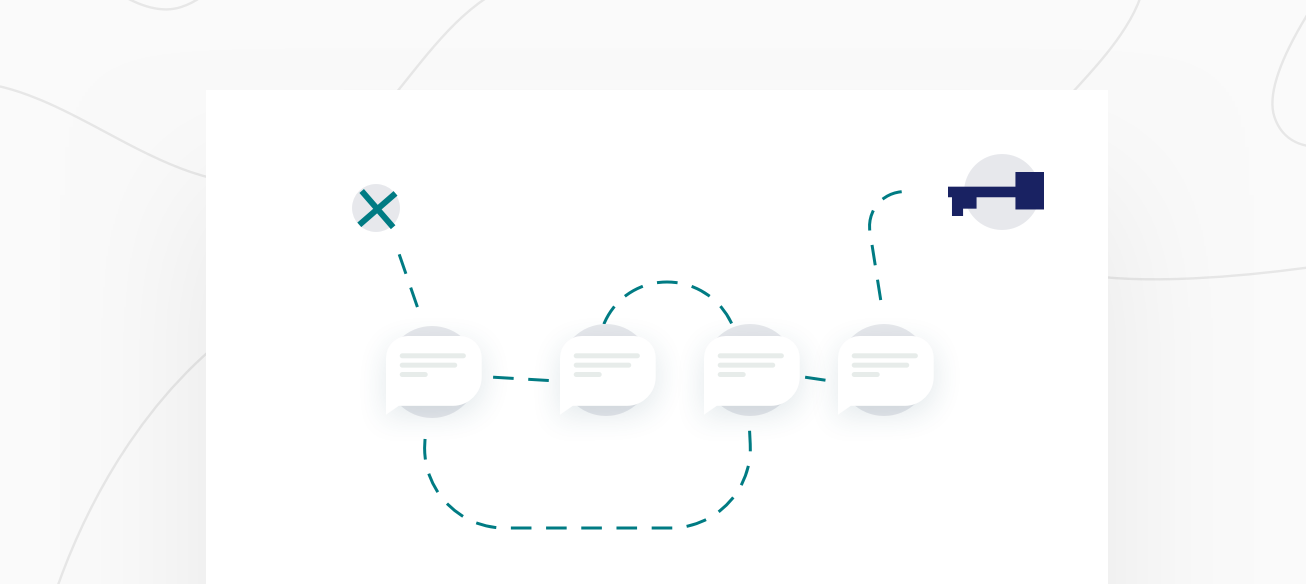
Decide on the kind of information that you need from the users. For example, if your goal is to understand how people use calendar apps, then you’ll need to prepare questions that lets you gain valuable information about the field, i.e. what calendar apps are they currently using? how often? Are they using it for professional or private purposes?
Prepare questions
When preparing your questions, make sure that they are:
- non-leading — they don’t suggest any answer or any general approach to the topic
- open-ended — it will help you avoid non-productive interviews that won’t give you valuable insights
- specific and clear — speak the language that is understandable for you and your respondent. Keep your questions short and ask only one question at a time.
Here is a list of sample questions you can find in Talebook’s User Interview Method
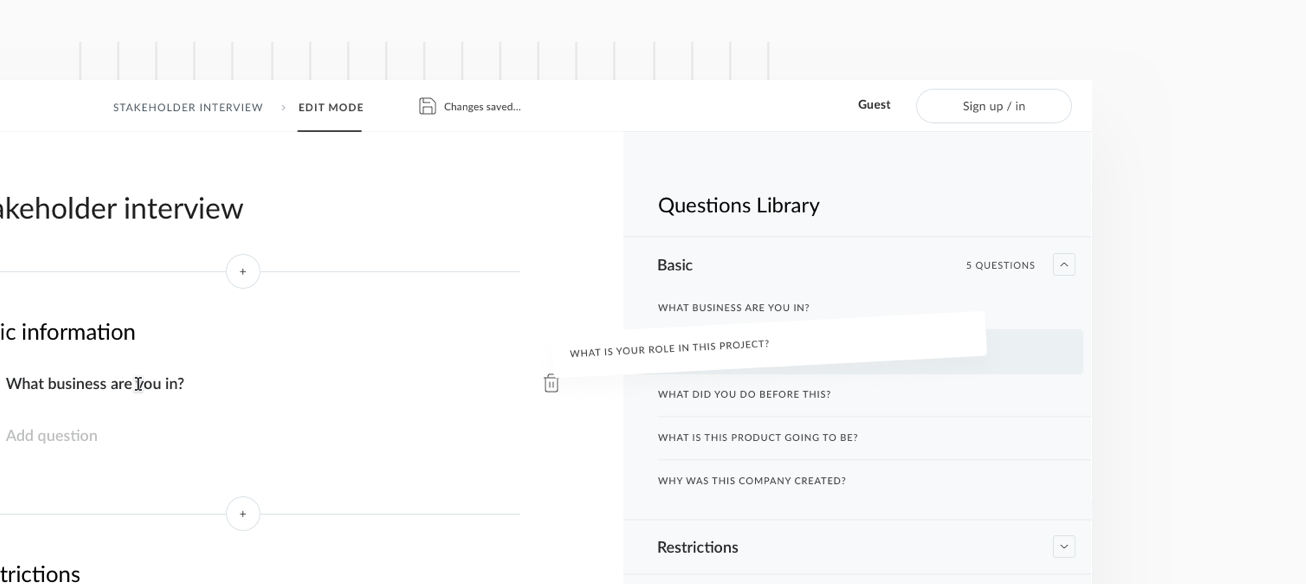
You can add it directly to your interview script, make changes and add your own questions that match your project.
In addition to the main, product-based questions, prepare some warm-up questions to ask at the beginning of the interview. It can be 3–5 questions about your respondent, such as their occupation, hobbies, attitude towards technology, etc. These questions will help you to gain some basic information and make the respondent start to feel more comfortable for further discussion.
You can also find sample warm-up questions in Talebook, in the X section and add them to your script.
Decide how you’ll take notes
To fully prepare for the interview, you’ll need to have a way to take notes during the session. The most convenient way is to record the interview — it enables you to be more concentrated on your respondent, without missing anything important. It also allows you to analyze their non-verbal way of answering questions — like facial expressions, body language, tone of voice — which will help you better understand your respondent.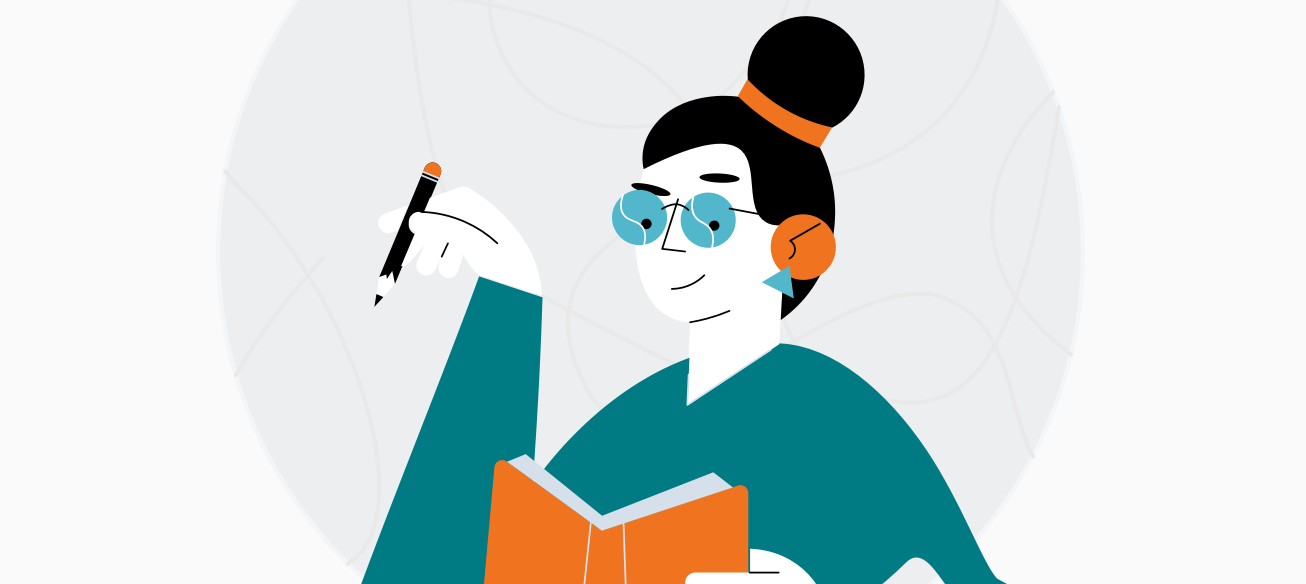
Remember to always ask about permission from the respondent before recording the interview. Explain your reasons and let them understand who will have access to the recordings.
If you decide not to record the interview, you can do the note taking yourself or with the help of another person.
Having someone for note taking will be like recording—more convenient and lets you stay focused on the interview. If you’re taking notes by yourself, choose a smaller device (i.e iPad instead of notebook), so you won’t make an impression of being too separated from the respondent. Also make sure to avoid any distractions — use Do-not-disturb mode and close any apps that interrupt.
Whichever way of note taking you choose, Talebook lets you save them directly into the User Interview section or fill them in after the interview. You can then share these notes with your team, add comments and refer to them at later stages of the project work.
Conduct an interview
Intro
Start your interview with a brief intro about yourself and why you are doing this particular user research. Go for casual topics to break the ice and create an atmosphere of trust so that your respondent can feel comfortable talking to you. Use the warm up questions that you have prepared before to help you with that.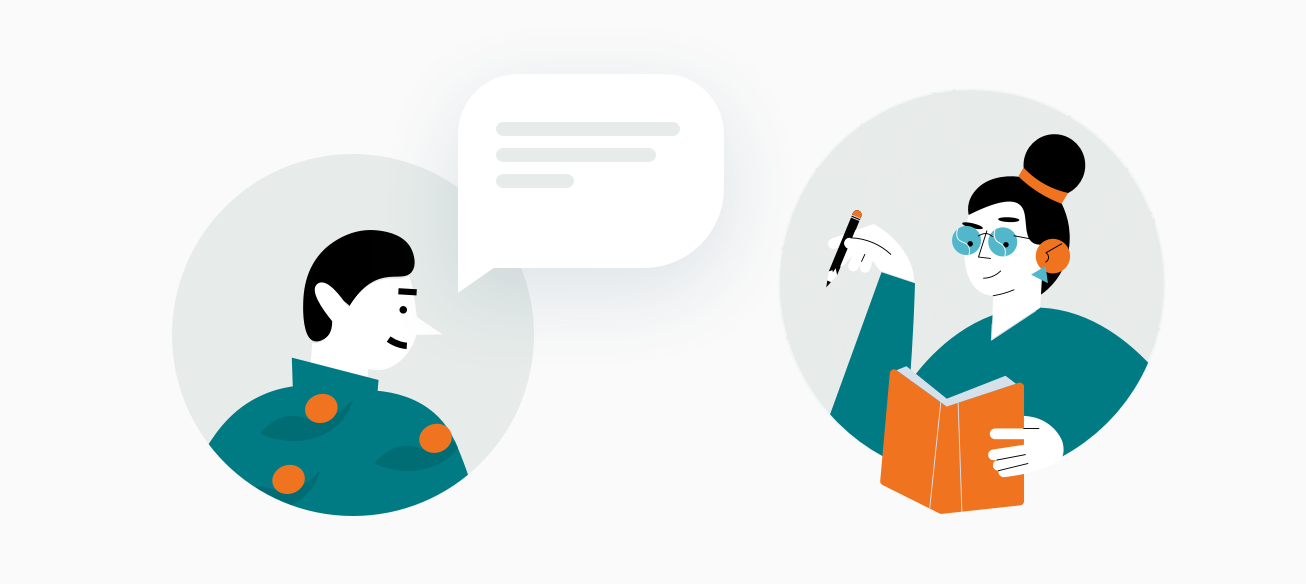
What really matters is a honest response. All answers are correct.
Before getting to the questions, it is important to explain to respondent that there are no right or wrong answers to your question and that what what you really need is their honest answer.
The Interview
During the interview, remember that you’re the one to steer it in right direction. So if your respondent starts talking a lot (which is still a good thing), refer to your script and make sure that you’re not getting too far from the main topic.On the other hand, your respondent may be not that talkative and give you short answers. In that case, you should ask some follow up questions to prompt them for more details.
From time to time, follow up on their answers — it will not only keep the conversation going, but will also help you get the answers that you need.
Wrap up
At the end of the user interview, ask your respondent if there is something more that they would like to add or to ask you about. This is a good way to provide a sense of closure and can also give you some additional insights. Remember to always thank your respondent for their time and let them know how valuable the information has been to your project work.Tips
Keep your language simple
Follow up with additional questions
If you find the interviewee’s answer particularly interesting, feel free to ask additional as a way of digging deeper to understand their motivations and uncover any other hidden problems. Sometimes it can be hard to get all the information you need at the first round of questions. It’s okay to dig deeper.
Give them time to answer
Let your interviewee take their time to answer your questions. There might be awkward silence at first, but it’s totally fine. Some questions may seem easy to you, but others may need time to process it before giving an answer. If the pause takes too long, you can remind the interviewee that they have all the time they need to answer the questions, so they don’t get anxious.
Conclusion



